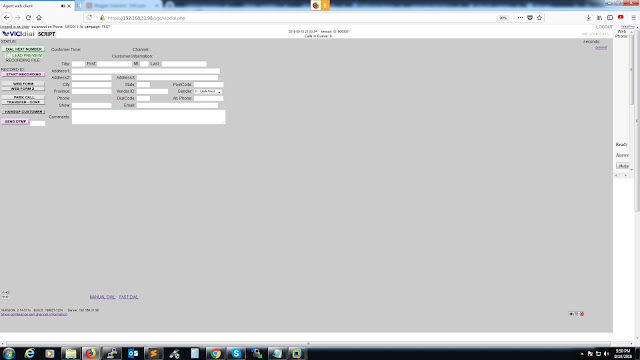SteamOS has finally dropped in all its beta glory
Before we begin, there are some very important caveats:
- This will wipe your machine. Due to the way Valve has distributed this image, you cannot partition a hard drive or dual boot it with your existing set up. This is a recovery image and your partition table will be wiped clean if you attempt to install it on the same hard drive. If you want to play around with it in a non-destructive manner, you can try it in a virtual machine. Once you've got SteamOS installed, you can create a new Windows partition, but this will wipe your existing setup.
- This may wipe your secondary hard drives, too. The basic method is not optimized for installing on systems with multiple drives. Depending on how your boot tables are set up, you might inadvertently lose data on your other drives as well. Be safe and remove all hard drives except the one you want to install SteamOS on.
- You'll need an NVIDIA graphics card. Sorry AMD users. Support is reportedly coming in the future, but for now if you don't have an NVIDIA graphics card, you'll have to sit this one out.
What You'll Need
Before you get started, here's what you'll need to download and/or collect:
- The SteamOS Installer (Here's an unofficial torrent)
- A 4GB or larger USB stick
- A Motherboard with UEFI support
There are two main ways to install SteamOS and which method you use will determine which download you need. The easiest method involves flashing a recovery disc image and that download is about 2.4GB (called "SYSRESTORE.zip" at the link above). The slightly more complicated method which has all the fun expert buttons is about 960MB and labeled "SteamOSInstaller.zip".
Method #1: The Easy Way
The simplest method to get SteamOS up and running is to install the recovery image. Again, as a reminder, this method will completely erase your entire hard drive regardless of partitioning. As long as you're prepared for that, here's what to d
- Format the USB stick to FAT32. Name it "SYSRESTORE".
- Unzip SYSRESTORE.zip and place its contents on the USB drive.
- Boot your machine from the USB stick
. - While booting, select the UEFI entry from the boot menu.
- Select "Restore Entire Disk."
This method will result in a complete, ready-to-use SteamOS installation being created on your machine. If you want to dual boot SteamOS with a Windows installation, you can set that up now. While this is based on Debian, our guide to dual booting Windows and Ubuntu
Method #2: The Advanced, Flexible Way
If you're feeling more adventurous (or want to minimize how much you have to download directly from Steam), you can use the secondary method. There are two primary differences between this method and the previous one. For starters, the download is significantly smaller. Part of the reason for this is because once you install the OS, you still need to download Steam. What you're installing is mostly just a customized version of Debian.
More importantly, though, this method has an Expert Install mode. You can use this method to tweak a few settings. That being said, if you're not extremely experienced with Linux distributions and installs, you probably shouldn't mess with this.
To install SteamOS via this method, follow these steps:
- Unzip the smaller, SteamOSInstaller.zip file to your USB stick.
- Boot your machine from the USB stick
. - Select the UEFI entry from the boot menu.
- Select "Automated Install."
- Once the install is finished, boot into the OS. You will be faced with a login screen. There is a default account with both the username and password are "steam". Log in with these credentials.
- Double-click the Steam icon on the desktop to download and install Steam.
- After this, you can log in to SteamOS via the login menu you used in step 5 (select "SteamOS" via the dropdown box) with the same credentials.
If you'd like to maintain the Debian installation and log in to SteamOS only when you need it, you can simply end here. However, if you'd like to commit all the way, follow Valve's instructions here from step 8 in the final section onward to make the final customization tweaks so that the partition is 100% Steam.
Method #2.5: A Note on Virtualization
Okay, so you've gotten this far and you're still not sure you want to take the plunge. That's fair. SteamOS is still a beta and it requires a fairly big commitment. If you'd still like to give it a shot, you can install SteamOS in VirtualBox. If you don't already have VirtualBox setup, our guide here
The process for creating a virtualized SteamOS machine is a bit more complicated than the installs above, but this guide can walk you through the process fairly well. It builds on method #2 above, though instead of a USB installation, you'll create an ISO out of the installer. Keep in mind, though, that running SteamOS inside a virtual machine will probably result in some pretty poor performance and almost certainly won't be good for real gaming. This method is probably best for the idly curious who would just like to fiddle (and aren't content to play around with Big Picture and call it good).



0 comments:
Post a Comment